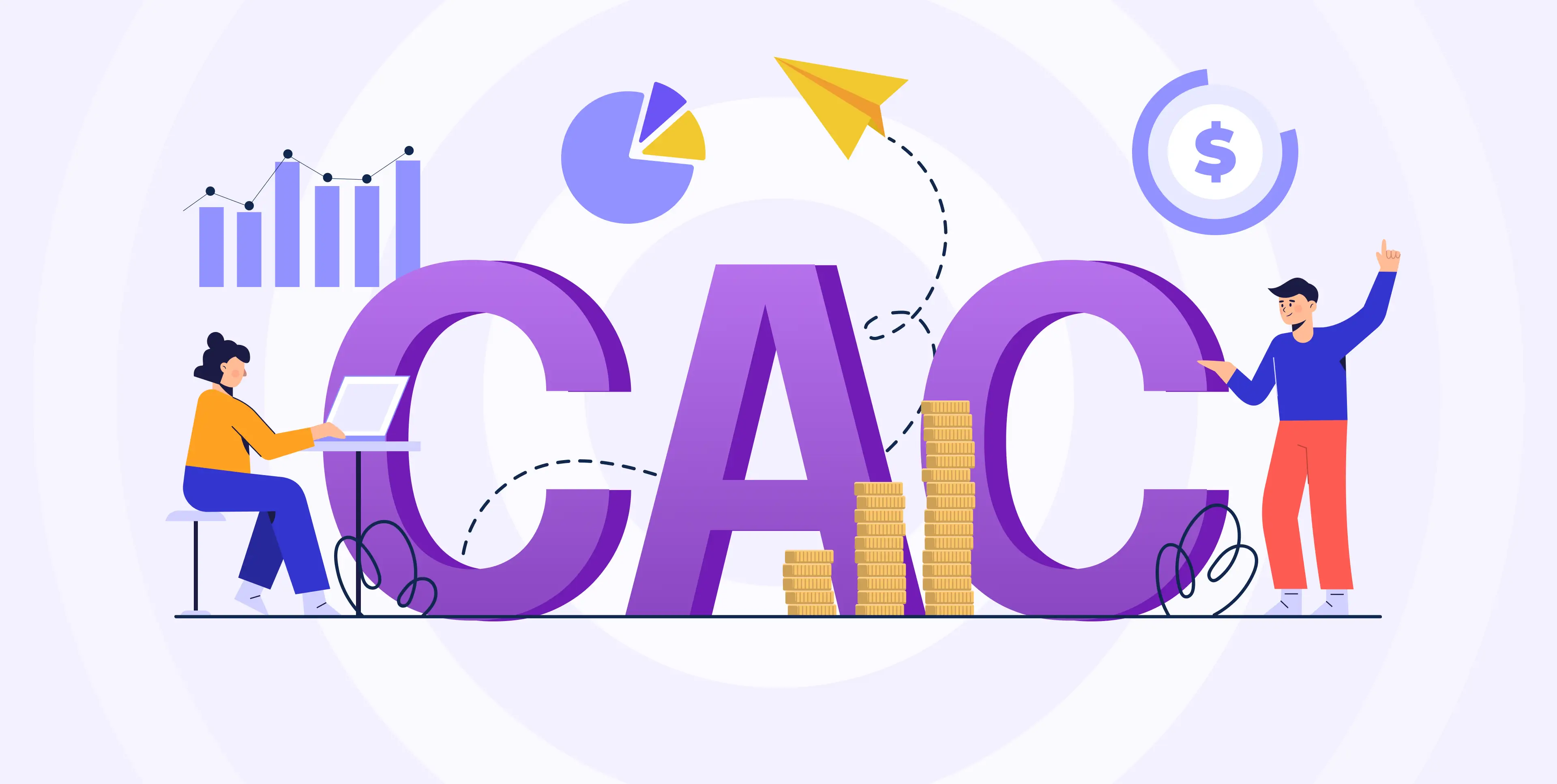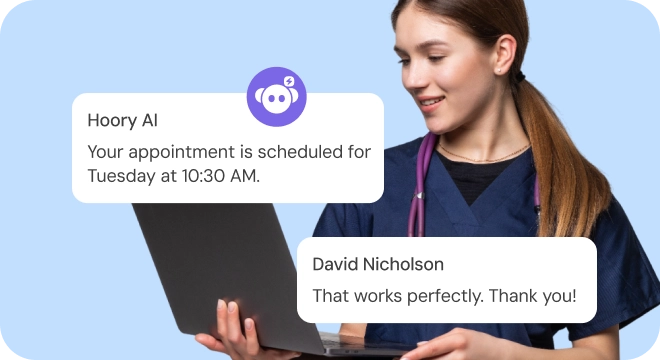Customer Acquisition Cost: What It is and How to Calculate It
• Customer Support
• FastBank

Have you ever wondered what it truly takes to win over a new customer? Spoiler: it's more than just great marketing, it’s a continuous journey of improving customer experiences and keeping key marketing metrics stable and aligned with your business goals. Metrics like Customer Acquisition Cost (CAC) and Customer Lifetime Value (CLV) play a crucial role in this journey.
In this blog article, we'll uncover the hidden math behind your growth by explaining how to calculate CAC and why it's the magic number every business needs to know.
Stick around, it's gonna be insightful!
What is CAC and Why is It Important?
Customer Acquisition Cost (CAC) is the amount of money a business spends to acquire a new customer. It encompasses all costs associated with marketing, advertising, and sales processes required to convert prospects into paying customers. Calculating CAC provides businesses with a tangible measure of their investment in growth and serves as a vital benchmark for profitability.
However, its significance doesn't stop there. Here are more reasons that make CAC is a key metric to monitor:
-
It shows the clear numerical value of your customer base.
-
Helps make more impactful decisions about marketing channels, sales tactics, and product pricing.
-
Allows you to control your expenses strategically, excluding the possibility of overspending on marketing efforts.
-
Provides the foundation for safe business expansion without compromising the company's financial health and stability.
-
Signals inefficiencies in marketing and sales processes.
-
Rising CAC over time serves as a warning sign for market saturation or increased competition, prompting timely intervention.
-
Directly impacts the company's profitability.
Customer Acquisition Cost Formula
To calculate CAC, you divide the total costs associated with acquiring new customers by the number of customers gained during that period. Here's the simple formula to remember:
CAC = Total marketing and sales expenses ÷ Number of new customers acquired
So, for instance, if your budget for acquiring 50 new customers is $5000, your CAC is $100 per customer.
$5000 ÷ 50 = $100
For businesses looking to keep their average customer acquisition cost in check, this is the formula to rely on. But there are also handy tools out there called customer acquisition calculators that will help you save time and avoid manual calculations, making it even easier to monitor and optimize your CAC. It is also a valuable metric for refining your CAC marketing strategies and developing smart spending habits.
Factors Defining CAC
There are several critical factors that can influence your CAC, often making or breaking your marketing budget. Here's a brief rundown:
-
Industry Competition: More competition often suggests higher costs for ads and marketing.
-
Marketing Channels: Some channels, like organic SEO, are cheaper than paid ads but take longer to show results.
-
Target Audience: A niche audience can be expensive to reach but often convert better.
-
Brand Recognition: Established brands usually spend less to acquire new customers.
-
Ad Quality: Engaging and well-targeted ads reduce wasted spend and improve CAC.
-
Technology Use: Leveraging tools like AI and automation helps optimize costs.
-
Economic Climate: Economic shifts can affect consumer behavior and spending, impacting CAC.
Customer Lifetime Value and Its Influence on CAC
To understand the impact of Customer Lifetime Value (CLV) on CAC, let's first explore CLV. By definition, CLV represents the total revenue a customer is expected to generate during their relationship with a business. As for CAC, we already know that it reflects the investment required to acquire that customer.
So, ideally, your CLV should outweigh your CAC, ensuring that you get a multiplied return on your investment. For instance, if your CAC is $100 but a customer's CLV is $500, you're gaining a 5:1 return. This ratio highlights the importance of aligning acquisition strategies with customer retention efforts, helping businesses acquire long-term customers while maintaining a smart spending approach.
The true value of CLV lies in its ability to guide decision-making and resource allocation. A higher CLV allows businesses to justify a higher CAC, knowing the long-term value each customer brings. By focusing on increasing CLV by upselling, customer loyalty, and repeat business, you can afford to invest more in acquiring new customers without compromising business profitability.
Improving CAC
To improve your CAC, here are a few simple strategies that can help you get more value for your marketing spend:
-
Refine your marketing channels by focusing on the ones that bring the best results. Cut out the channels that do not perform well and allocate your budget to the more profitable ones.
-
Understand your best customers and target similar profiles through personalized marketing efforts.
-
Leverage referral programs and encourage your current customers to bring in new ones.
-
Automate your marketing and customer support using different tools, such as an AI chatbot builder, AI assistants, omnichannel inboxes, etc. This can help you reduce the customer acquisition cost and allow you to focus on high-value prospects.
-
Create high-quality, engaging content that resonates with your target audience and drive organic traffic.
-
Run retargeting ad campaigns to convert warm leads at a lower cost.
-
Encourage satisfied customers to leave positive reviews or testimonials.
8. Create a personalized and seamless onboarding experience for new customers.
Key Takeaways
Winning over new customers is more than just a numbers game. It's a balance between strategic spending and long-term value creation. Success lies in understanding the bigger picture, from refining acquisition costs to mapping out a seamless customer experience.
Here's a quick guide to help you achieve the ideal CAC score:
-
Track key metrics and keep an eye on CAC and CLV.
-
Allocate your marketing budget to the channels that bring the best value.
-
Use customer acquisition calculators and AI tools.
-
Align customer acquisition with retention strategies.
-
Focus on customer journey mapping that guides prospects smoothly from interest to loyalty.
By adopting these practices, you'll cultivate fruitful customer relationships that drive sustainable growth.

























